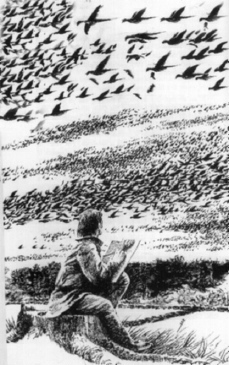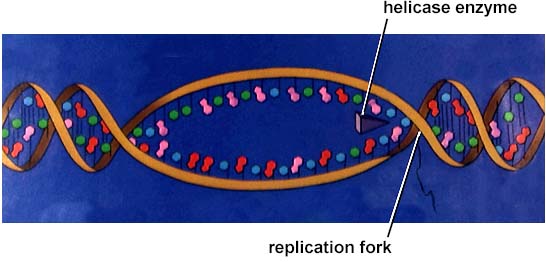The Sad But True Story: Of The Passenger Pigeon (Ectopistes migratorius)

The passenger bird once constituted an estimated 25-40 % of America's bird population
When Europeans first discovered America there were 3-5 billion passenger pigeons
Never again will a passenger pigeon soar through the sky... as 100 years ago they became extinct
Millions of these magnificent birds would travel in one flock.One flock traveling at sixty miles an hour would take several days to pass over a particular area.
When they migrated in March and April one flock could block out the sun, making the sky dark for days.

The passenger pigeons had almost no defense mechanism, so they would travel in mass flocks as a means of protection against predators.
They would roost and feed in hardwood forests, until their natural habitat started being diminished and turned into farmland. Causing the pigeons to land on farmer's fields.
Humans started to kill passenger pigeons
- To protect their crop from being eaten
- they were a cheap source of food , which was great for feeding slaves

The real slaughter of passenger pigeons started in the 1800's
They were :
- netted by baiting traps
- shot at nesting sites
- knocked out of trees with long sticks
- the fumes of sulfur would case the birds to become dazed and fall out of trees
By using trains hunters could track and follow the flock giving them no rest and no time to mate and care for their young
In Michigan 50 000 pigeons were killed per day for 5 consecutive months.
In 1860 the decrease in population was noticeable, but nothing was successfully done to protect their species
By 1890 they were considered a rare species, with only a few thousand remaining
A Glimpse of Hope
Finally the voice of conservationists was heard and a bill was passed in Michigan, making it illegal to net pigeons within two miles of a nesting area
However this law was hardly enforced... and the mass hunting continued
In 1897 a ten year hunting ban on passenger pigeons began
It Was Too Late
Despite conservationists efforts
Not being able to breed and protect their blind and now defenseless young ,the population plummeted
Without a large flock the pigeons were defenseless to prey and unable to follow normal migration and mating habits
By 1914 only one of the species remained
Never again will man witness the beauty of millions of passenger pigeons filling the sky above

Last of her species, died at 1 p.m.,
1 September 1914, age 29, in the
Cincinnati Zoological Garden.













































